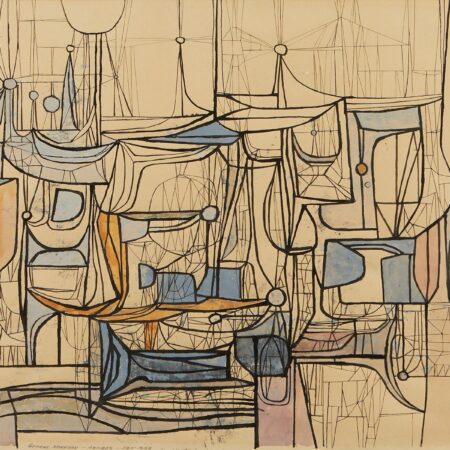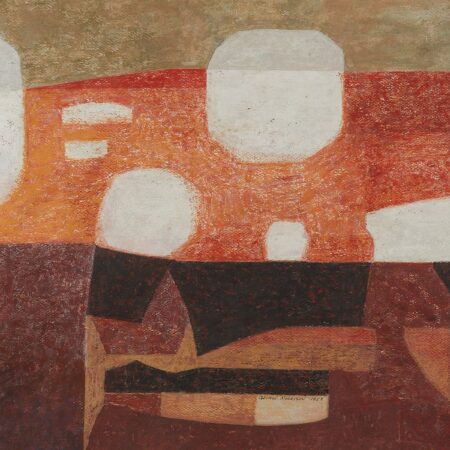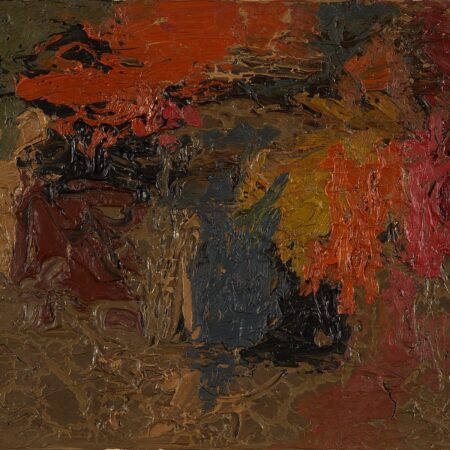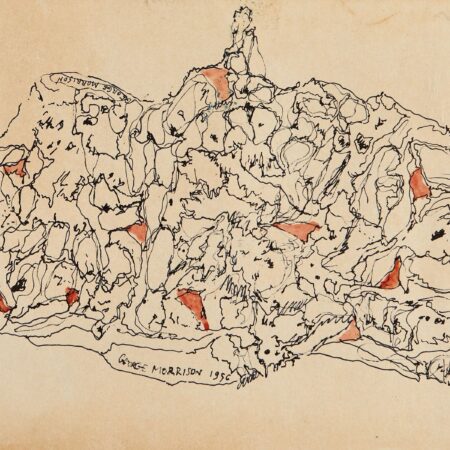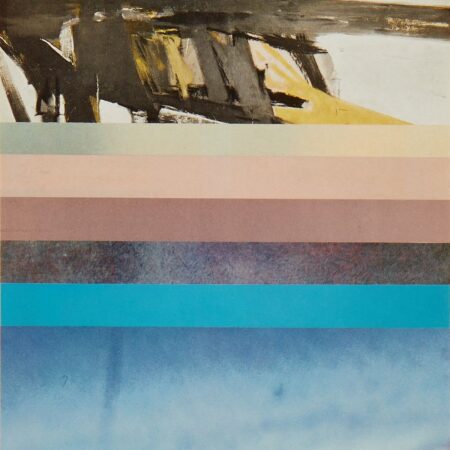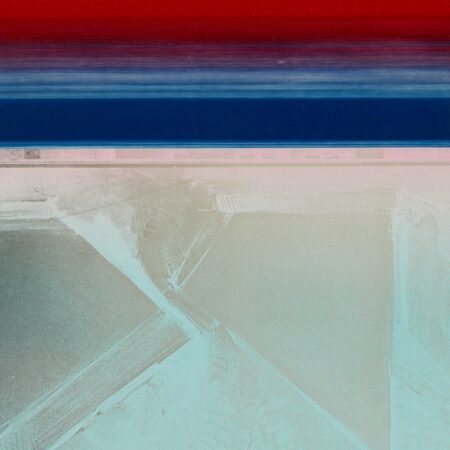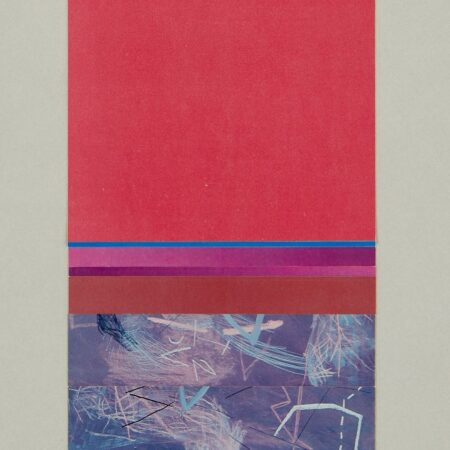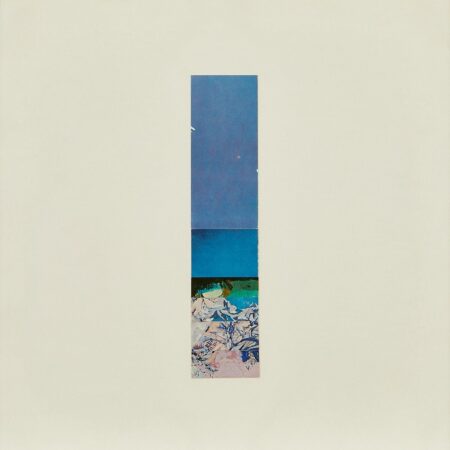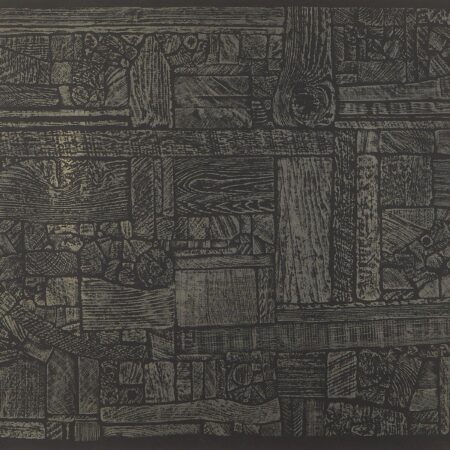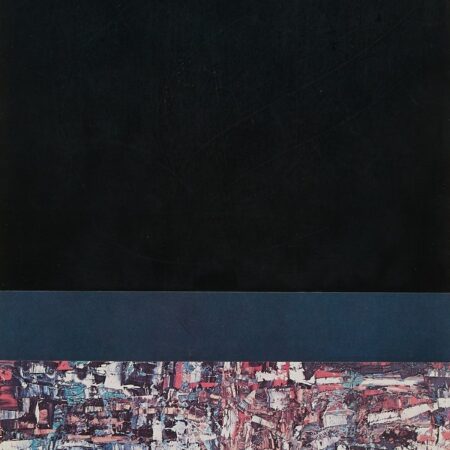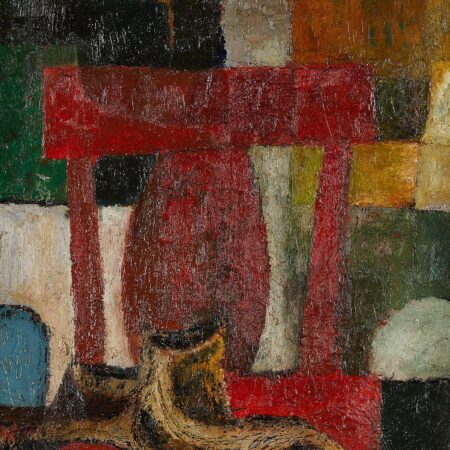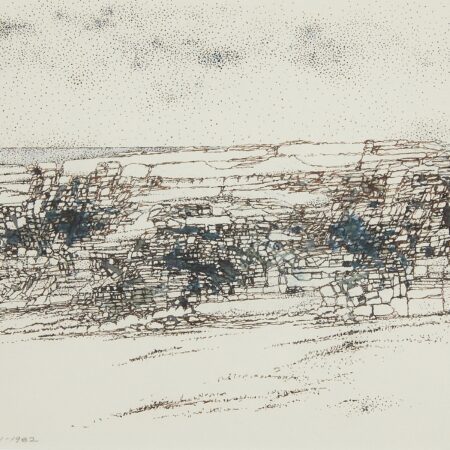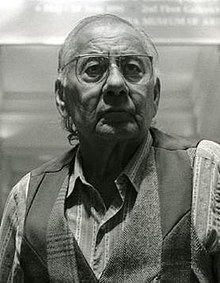
George Morrison
American Artist
1919-2000
Interested in selling a piece by George Morrison?
We have received top dollar for George Morrison works. Auction is the best way to quickly and transparently get maximum dollar for your artwork.
About George Morrison
George Morrison was a Native American artist and academic known for his landscape paintings, sculptures, and wood collages. His work was heavily influenced by Ojibwe beliefs about nature and the American landscape.
If you want to learn more about how his artworks are valued and appraised go to this page.
Biography
George Morrison was born in 1919 in Cook County’s Chippewa City in Minnesota. George Morrison is his Anglicized name; at birth, he was given the Ojibwe name Wah Wah Teh Go Nay Ga Bo, which translates to “standing In the Northern Lights”.
Morrison was one of 12 children and received his early education at a boarding school for Native Americans. He was one of 20,000 Native American children sent to boarding schools in the early 20th century, and, like most of them, he had to transition out of his native language for his English education. A childhood exposure to Tuberculosis led to complications that required hip surgery; during his recover, Morrison developed his childhood hobbies of reading, carving, and drawing.
Morrison’s art education began in earnest when he was accepted into the Minneapolis School of Art. He graduated in 1943, and went on to study at New York’s Art Students League. While still a student, Morrison’s art received positive criticism in the New York Times, and in 1947 his painting, Dream of Calamity, was shown in the Walker Art Center’s biennial exhibition.
Two years later, Morrison had his first solo exhibition, the first of 12 solo shows in New York over 12 years. In the early fifties, Morrison was accepted into a Fulbright scholarship program, and went on to study and practice in Paris and Aix-en-Provence. One of his 1967 collages, the New England Landscape II, won the Grand Award at the Fourth Invitational Exhibition of Indian Arts and Crafts in 1968. The Exhibition was organized by the Center for Arts of Indian America and signaled a transition period in his identity as an artist.
Apart from his role as an artist, Morrison was a noted academic and a fervent advocate of representation in art academia. Morrison taught at the Rhode Island School of Design before moving back to Minnesota in 1970, where he founded and helped run the department of American Indian Studies at the University of Minnesota.
Morrison taught in Minnesota from 1970 until 1983. After retirement, he built a studio and home near Lake Superior, where he practiced for 17 years until his death. This period was the most productive of his life and brought many public successes for Morrison, including in 1997, when his Red Totem sculpture was presented at the White House.
In 1990, the Minnesota Museum of American Art held the Standing in the Northern Lights retrospective of Morrison’s works. In 1999, Morrison was awarded the Master Artist Award by the Eiteljorg Museum’s Fellowship for Native American Fine Art. He died in 2000 at his Redrock home.
Morrison’s Art
Morrison is known for his woodwork, collage sculptures and paintings, particularly his landscapes. The artist often used acrylics, oils, and mixed media.
One of Morrison’s influences was the Abstract Expressionist movement that exploded in the fifties. When Morrison lived in New York in the post-war era, he sought to make avant-garde art like his fellow New York-based contemporaries William de Kooning and Jackson Pollock.
His work in the forties and fifties consisted of portraits, still lifes, and landscapes that sat squarely in the dimension of modernist art, often using paintings like Dream of Calamity to instigate political discourse. In the fifties and sixties, Morrison used tachism, abstract expressionist and late expressionist styles in his action painting.
In the sixties, Morrison would gain recognition for his driftwood collages. Though his medium had changed from his earlier abstract paintings, he still considered the collages “paintings in wood.” Morrison’s use of driftwood was metaphoric; he viewed his pieces as poetic renderings of landscapes using the materials of nature.
Morrison’s early Surrealist and Native cultural influences feature in many of his works. His later paintings were smaller and used abstract forms of light, texture, and color to mimic organic matter. Morrison once said that he chose landscapes and nature as his subjects because he sought the spiritual in objects like trees, rocks, water, and even the wind. He expressed that he sought to capture their power and wonder at the “enigma of the horizon”.
The Market for Morrison’s Art
In his lifetime, Morrison’s marketability was hampered by his identity. He was often rejected by Native American galleries and exhibitions due to his individualistic influences and his insistence on creating Native Modernist art. He expressed that he did not want to market himself as a Indian Artist and often used avant-garde, Abstract Expressionist, and Surrealist styles because he did not believe in an “essential connection between traditional culture and creative art.”
Morrison’s work found a footing in the Native Art and mainstream markets in the sixties, pieces of his are included in collections of the Philadelphia Museum of Art, the Walker Art Center, and the Whitney Museum of American Art. The value for his work has risen steadily in the 21st century, and his sculptures and paintings usually sell for thousands of dollars, with some of the highest-value works selling for six figures.
Appraise and Sell Works by George Morrison
If you have any works by George Morrison, get in touch with our experts at Revere Auctions. If you would like to sell your Morrison paintings or sculptures, you can auction them at our location in St. Paul, Minnesota. We also offer our services online.
You can contact us anytime for a free auction estimate if you want to sell Morrison’s work. We have a very simple process. After you send us the photos of the work, our experts will take a look, analyze, and provide you an estimate of the amount the artwork is likely to reach at auction.
If you need an appraisal for Morrison’s work, we provide a certified appraisal report that can be used for estate taxes, donations, and insurance coverage. Our appraisals are compliant with Uniform Standards of Professional Appraisal Practice and are accepted by insurance companies, charity agencies, and the IRS.
